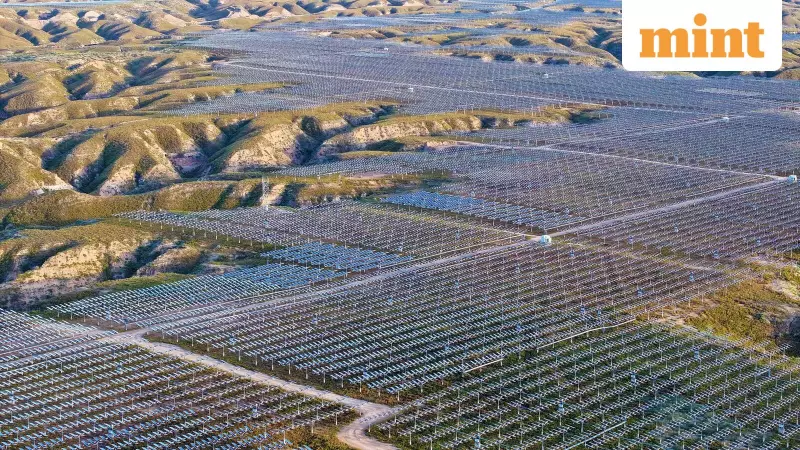
China is orchestrating a clean energy transformation of staggering proportions, one that promises to fundamentally alter global markets and reshape international power dynamics. The world's second-largest economy is deploying renewable energy at a scale that dwarfs all other nations combined, creating both opportunities and significant challenges for the global community.
The Unprecedented Scale of China's Green Push
Recent data reveals China's monumental commitment to clean energy. The country added more solar capacity in 2023 than the United States has installed in its entire history. Wind power installations are proceeding at a similarly breathtaking pace, with offshore wind projects expanding rapidly along China's coastline.
This clean energy boom isn't limited to electricity generation alone. China dominates global production of solar panels, wind turbines, and batteries, controlling over 80% of manufacturing capacity across multiple clean energy supply chains. This vertical integration gives Beijing unprecedented influence over the global transition to renewable energy.
Global Economic Implications
The ramifications for international markets are profound and multifaceted:
- Fossil Fuel Markets: China's reduced dependence on imported oil and gas could permanently lower global energy prices and diminish petrostates' influence
- Manufacturing Competition: Western manufacturers struggle to compete with China's subsidized clean technology exports
- Commodity Markets: Demand patterns for critical minerals like lithium and cobalt are being reshaped by Chinese industrial policy
- Trade Relationships: Traditional energy exporters face declining markets while mineral-rich nations gain new strategic importance
Geopolitical Power Shift
China's clean energy dominance extends beyond economic considerations into the realm of geopolitics. By controlling the means of energy transition, Beijing gains substantial leverage over countries seeking to meet climate commitments. This positions China as an indispensable partner for developing nations pursuing energy security and economic development.
The United States and European Union have responded with protective measures, including tariffs on Chinese electric vehicles and subsidies for domestic clean tech manufacturing. However, these efforts face significant challenges in closing the manufacturing gap that China has established over the past decade.
Environmental Impact and Climate Goals
Despite China's renewable energy achievements, the country remains the world's largest emitter of greenhouse gases due to its continued reliance on coal power. The simultaneous operation of massive renewable capacity and coal-fired plants creates a complex energy landscape where emissions continue to rise even as clean energy infrastructure expands dramatically.
This paradox highlights the challenges of energy transition in a manufacturing-heavy economy and underscores the difficulty of balancing economic growth with environmental responsibility.
The Road Ahead
As China continues its clean energy march, the international community faces critical questions about energy security, economic competition, and climate cooperation. The choices made by governments and corporations in response to China's green revolution will determine the shape of global energy markets for decades to come.
What remains clear is that the center of gravity in clean energy has decisively shifted eastward, with implications that extend far beyond environmental policy into the core of 21st-century economic and geopolitical competition.





